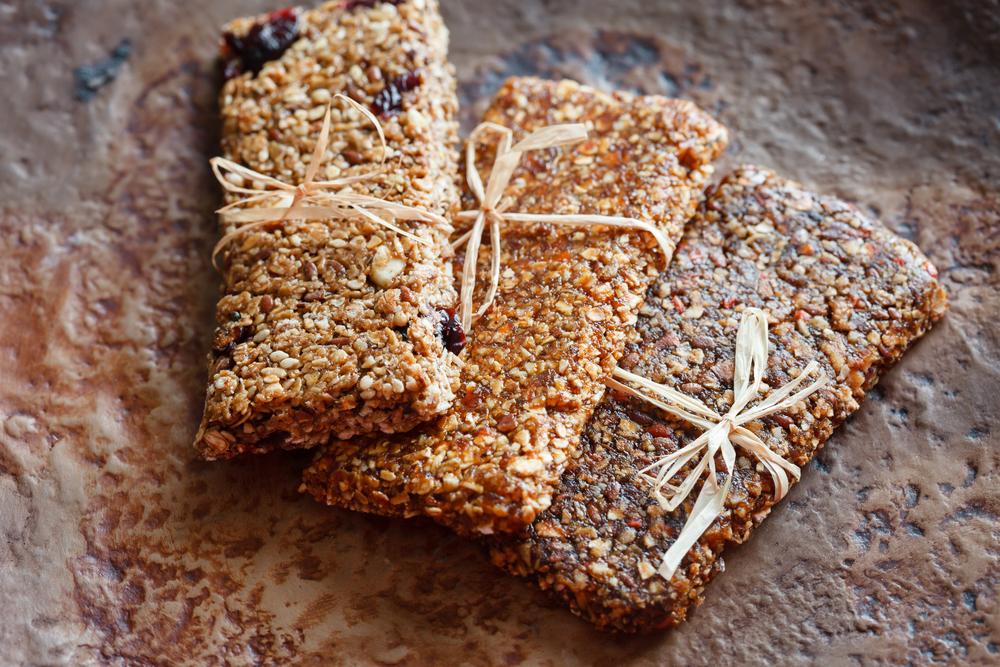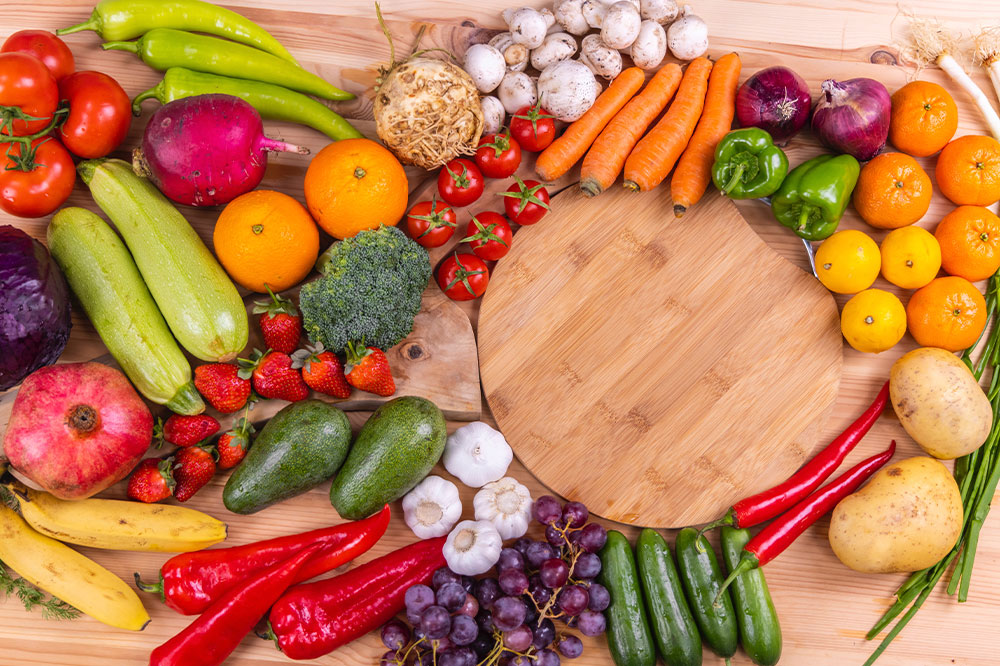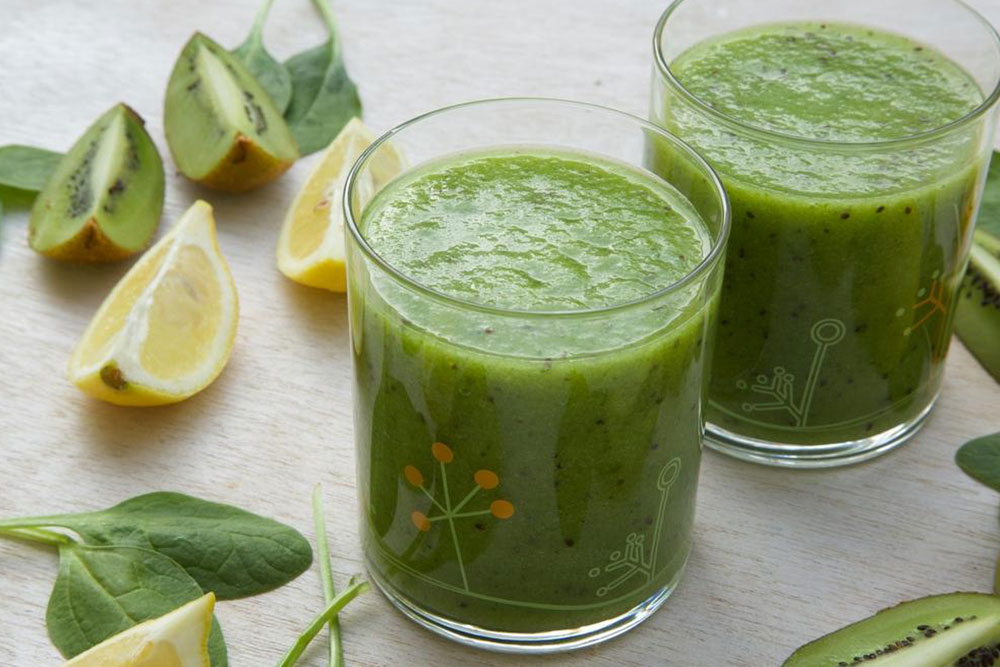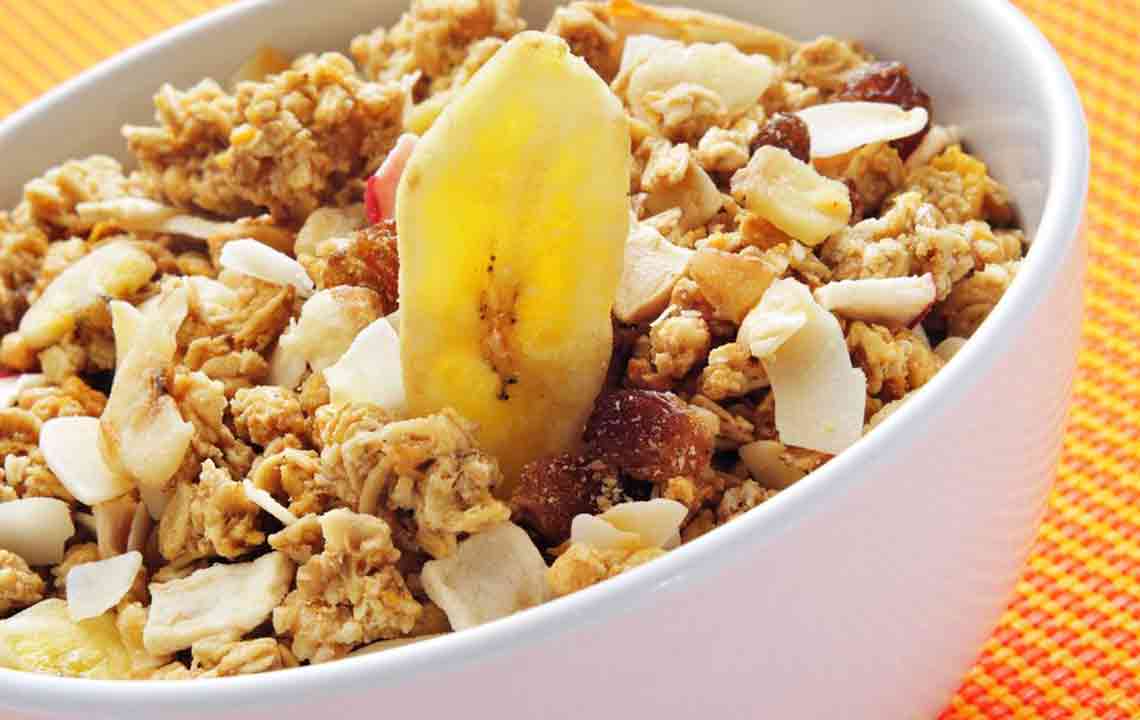Comprehensive Guide to the Nutritional Advantages of Whole Grains Rich in Dietary Fiber
Explore the extensive health benefits of incorporating high-fiber whole grains into your diet. Discover various nutritious grains like bulgur, kamut, spelt, barley, and brown rice, and learn effective ways to boost your daily fiber intake. This comprehensive guide provides practical tips to improve digestion, support heart health, and prevent chronic diseases through a diverse and balanced consumption of whole grains. Ideal for health-conscious readers seeking to enhance their nutritional intake and overall well-being.
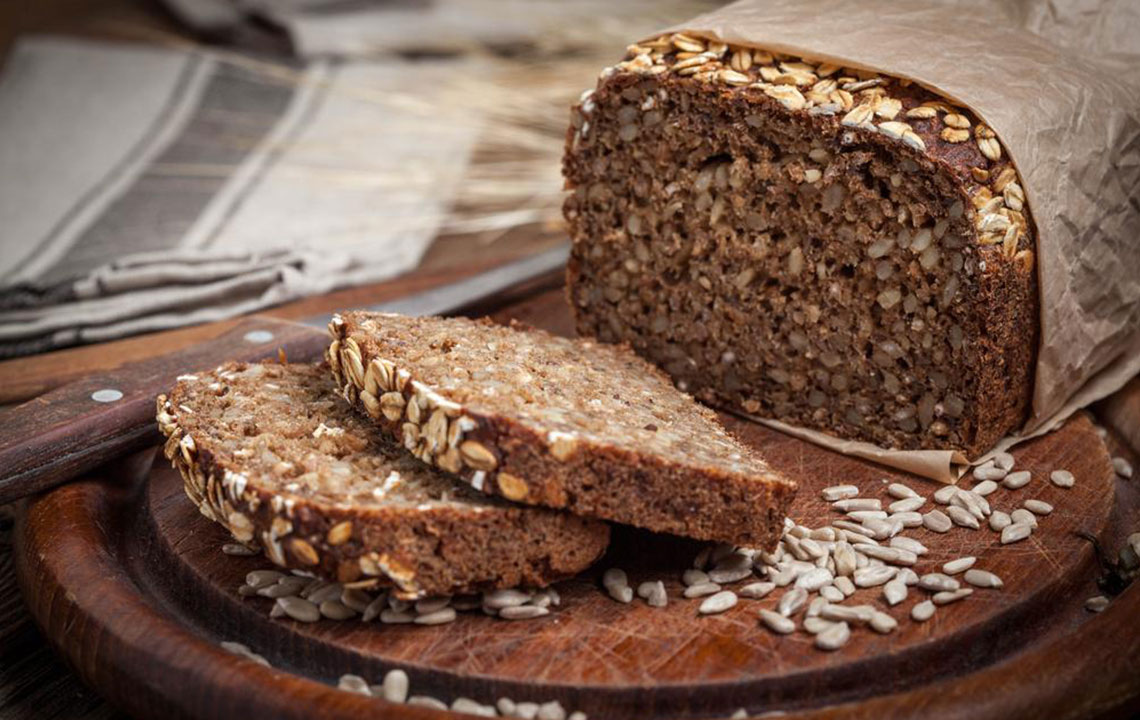
Unlocking the Health Benefits of Whole Grains Packed with Dietary Fiber
Whole grains have long been recognized as a vital component of a balanced diet due to their rich content of dietary fiber, complex carbohydrates, antioxidants, and essential minerals. Incorporating a variety of whole grains into your daily meals can promote overall health, help manage weight, and reduce the risk of chronic diseases such as cardiovascular disease, type 2 diabetes, and hypertension. Unlike refined grains that have been stripped of their germ and bran, whole grains retain these vital parts, making them a powerhouse of nutrition. Common whole grains include wheat, rice, barley, oats, rye, and corn, each offering unique health benefits and culinary uses. In this comprehensive guide, we explore some of the most nutrient-dense, high-fiber whole grains to help you optimize your diet and boost your health.
Understanding the Nutritional Composition of Whole Grains
Whole grains are composed of three main parts: the bran, which is rich in fiber, antioxidants, and B vitamins; the germ, which contains essential fatty acids, vitamin E, and other nutrients; and the endosperm, primarily carbohydrate-rich, providing energy. This natural combination makes whole grains a comprehensive source of vital nutrients necessary for maintaining optimal health. In terms of dietary fiber, these grains are especially beneficial because fiber is known to aid digestion, regulate blood sugar levels, lower cholesterol, and promote feelings of fullness, which can prevent overeating.
Popular High-Fiber Whole Grains to Include in Your Diet
Bulgur: Derived from cracked wheat, bulgur is a versatile grain that offers approximately 4.5 grams of fiber per 100 grams when cooked. Its quick preparation makes it a popular choice for salads, soups, pilafs, and stuffing. Its nutty flavor and chewy texture complement various ingredients, making it a staple in Middle Eastern cuisine.
Whole Wheat Pasta and Multi-Grain Breads: These are rich sources of dietary fiber, often enhanced with seeds such as flax, pumpkin, sunflower, or even quinoa for added nutritional benefits. Whole wheat pasta contains about 3-4 grams of fiber per serving, making it a healthier alternative to refined pasta. Multi-grain bread combines different grains and seeds, providing a broader spectrum of nutrients and fiber content.
Kamut (Khorasan Wheat): Known for its rich nutty flavor, Kamut provides roughly 3.9 grams of fiber per 100 grams when cooked. Its high protein and mineral content, including selenium and magnesium, support cardiovascular health, immune function, and muscle function.
Spelt Flour: A traditional grain with a similar fiber profile to wheat, spelt flour is popular in baking, offering about 3 grams of fiber per 100 grams. It adds a slightly sweet, nutty flavor to bread, muffins, and pancakes, enhancing both taste and nutritional value.
Barley: Highly valued in soups, stews, and bread, barley is a hearty grain with nearly 3.8 grams of fiber per 100 grams cooked. Its soluble fiber beta-glucan has been shown to reduce LDL cholesterol, supporting heart health.
Brown and Wild Rice: These nutrient-dense rice varieties contain significant fiber and essential minerals. Brown rice has about 1.8 grams of fiber per 100 grams, while wild rice offers similar benefits. Both pair well with vegetables, meats, or eggs and are excellent additions to various meals.
Oatmeal and Quinoa: Oats are a well-known source of soluble fiber, especially beta-glucan, which helps lower cholesterol and stabilize blood sugar levels. Quinoa, although technically a seed, is commonly grouped with grains due to its high protein and fiber content, providing approximately 2.8 grams of fiber per cooked cup.
Beyond these, numerous other whole grains—such as rye, millet, amaranth, teff, and einkorn—offer additional dietary fiber and diverse culinary uses. Incorporating a variety of these grains into your diet is a strategic way to meet your nutritional goals and enjoy flavorful meals.
Dietary Fiber Recommendations for Different Age Groups
Health experts recommend that dietary fiber intake should be tailored according to age and gender. For individuals over 50, it's advised to slightly reduce fiber consumption to prevent digestive discomfort. According to dietary guidelines, men under 50 should aim for about 38 grams of fiber per day, while women of the same age should target 25 grams. For those over 50, the recommended intake decreases to around 30 grams for men and 21 grams for women daily. Achieving these targets involves incorporating a variety of high-fiber whole grains, fruits, vegetables, nuts, and seeds into daily meals, which not only helps meet nutritional needs but also promotes long-term health and well-being.
Practical Tips for Incorporating Whole Grains into Your Diet
Start your day with oatmeal or quinoa porridge for a fiber-rich breakfast.
Replace white bread and refined pasta with whole-grain alternatives.
Add cooked barley or bulgur to soups, stews, and salads for extra texture and nutrition.
Use spelt or whole wheat flour in baking recipes to boost fiber content.
Snack on popcorn or trail mixes that include seeds like flaxseed or pumpkin seeds.
By making these simple changes, you can significantly enhance your fiber intake, support digestive health, and reduce the risk of chronic illnesses. Whole grains are not only delicious but also a vital component of a healthful diet, capable of improving overall wellness now and in the future.

